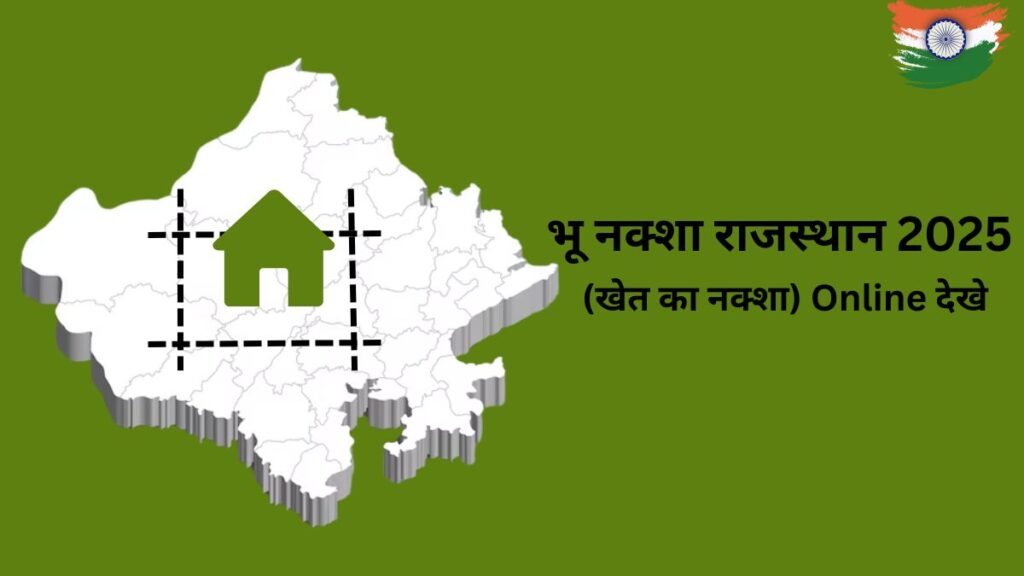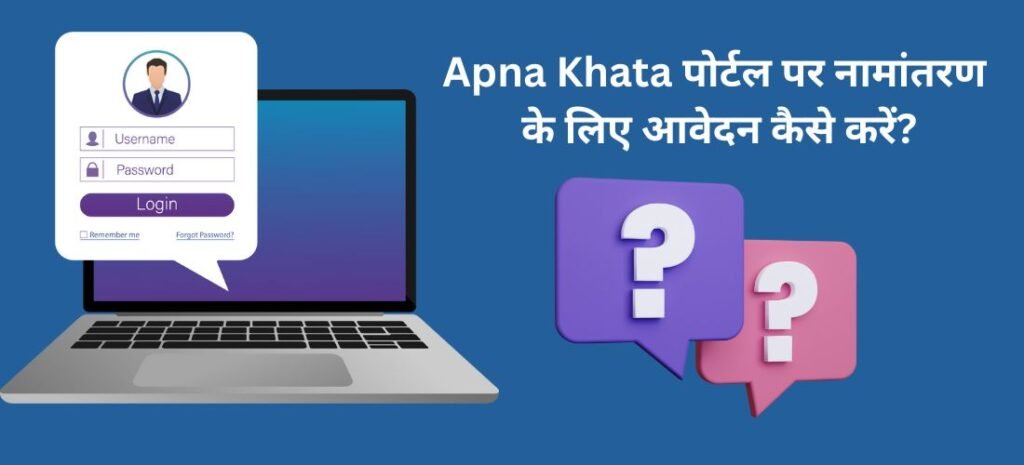
It’s important to plan for retirement, especially for government personnel. They spend decades serving the nation, but then a different day begins. So to ensure financial security and peace of mind after leaving the service, the Government of India has introduced the Unified Pension Scheme. This is a scheme that seeks to guarantee central government employees, regardless of their salaries or positions, a stable, expected pension and other benefits such as gratuities and the minimum amount that they may receive in pension money. In this article, we will study how, in 2025, these benefits were enjoyed; what UPS is like and how it functions; who is eligible for it; the channels (online and offline) of applications; details of implementation in the National Pension System (NPS); and amounts for gratuities. Well, here is a simple, everyday explanation for you.
What is the Unified Pension Scheme/UPS?

The Unified Pension Scheme (UPS) is a pension plan option that is part of the National Pension System (NPS) framework established by the Central Government of India.
Think about this in your daily life: normally, you would like to be sure that after retiring or cutting down on your work, there will still be some income for living expenses (a pension) and so that you are not a burden on others. UPS tries to give this to the public servant.
Key points about UPS:
- We can use the past simple for completed actions. Starting from April 1st, 2025, it goes into effect.
- For eligible central government employees ( those under the NPS system ), the UPS may be chosen or not.
- Putting the promised payment rather than a separate income, all depends on how much you saved in a year or two.
- The plan offers g certain recompense that is constant month by month for life, a family pension when the holder dies, gratuity, and so forth when necessary; it also (like many others) gives various benefits such as one-time cash.
- The plan aims to give those dedicated government servants after retirement life full and assured retirement life, enable trip to grow old in security with a decent income.
| Scheme Name | Unified Pension Scheme (UPS) |
| Launch Date | 24th August 2024 |
| Notification Date | 24th January 2025 |
| Implementation Date | 1st April 2025 |
| Beneficiaries | Central Government employees, including newly joined and existing NPS subscribers |
| Last Date to Switch from NPS to UPS | 30th September 2025 |
| Employee Contribution | 10% of basic salary + DA |
| Employer Contribution | 18.5% of basic salary + DA |
| Minimum Service | 10 years for a minimum pension and 25 years for full pension |
| Official Portal Link | https://www.npscra.proteantech.in/ |
Benefits under Unified Pension Scheme in 2025
The major benefits of Unified Pension Scheme that you should know, through everyday language, simply explained:
- Pension amount guaranteed: If you stay eligible, and complete the necessary years of service, the pension you receive will be equal to 50% of your average basic pay, calculated on the basis last 12 months’ service, provided that Annabel has at least 25 years beyond the partner.
- Minimum pension: Even if you have served only 10 years (but at least 10 years), you are guaranteed a minimum pension payment of ₹ 10000 per month.
- Family pension: After the death of the pensioner, their spouse in marriage will draw a pension (normally a percentage of what the former was drawing) so as not to keep the family without Income.
- Inflation adjustment: With Pensions being adjusted for rises in the cost of living or inflation-linked factors, you can keep your purchasing power in line.
- Lump-sum benefit at retirement: Besides providing a regular monthly pension, you may get a one-time payment when you leave work. In this way, “bonus” is earned on retirement, which can be used for such things as long-term (home repair bills or hospital care).
- Gratuity: This is a benefit available either upon your retirement or, if you should happen to die while at work (depending on circumstances). It provides life support for the period following your career.
- Switch facility available: Those people already under NPS may change to UPS (within prescribed limits) and avail of the scheme benefits.
All of these add up to greater security and predictability, two things which are important when you have no more monthly paycheque to look forward to and are moving into retirement.
Features of UPS(Unified Pension Scheme)
- Employee Contribution: If you opt for UPS, you ( the employee ) contribute 10 % of your basic pay + dearness allowance ( DA ).
- Government Contribution: The employer ( i.e., the government ) also contributes a specified amount to the scheme. This helps grow the fund to pay pensioners.
- Eligible to switch: You must be a central government employee covered under NPS, eligible for UPS ( more on this in the next session ).
- Guaranteed minimum figure / Defined benefit: For full eligibility (e.g., 25 years of service), the pension is 50% of the last 12 months’ basic pay average. For lesser service, proportional.
- Superannuated lump-sum payment on: You will be entitled to a one-time payment equivalent to “ 1/10th of the monthly emoluments ( basic+DA ) for every six months of completed service ”. This is on top of the monthly pension and therefore doesn’t decrease it.
- Minimum floor for pensions: With both a pension and 10 years in service, you are eligible for a retirement of ₹10,000.
- Family pension/death benefit: After the pensioner’s death, his wife or other eligible family members are awarded the family pension. Also, in life or upon retirement, there are gratuity awards.
- One-way switch: If you opt for UPS, the decision is fixed (now ).
- There is also a one-time one-way switch arrangement from UPS to NPS.
Under the NPS framework, the settlement is carried out. To ensure your pension money still increases over time, this is organised such that benefits won’t be dependent on the direct market.
Read Also: PayManager Rajasthan | Get All Job vacancy 2025 Alert on AllHere Job Com: Review and Feature
Eligibility for Unified Pension Scheme
The scheme is available to a wide range of Central Government personnel, including those currently serving and those who have already retired.
Who Is Eligible?
- Central Govt Employees who are covered under NPS and are in service on 1st April 2025.
- Central Government Employees who join the Government of India after 1st April 2025
- Employees who were retired (superannuated or voluntarily retired) before 31st March 2025 but were covered under NPS can join UPS if they meet certain conditions.
- Dead employee’s legal heir: Any legally-wedded spouse of a retired NPS subscriber who passed away before they could choose to stay with UPS.
Who Is Not Eligible?
Employees who resign or are removed/dismissed from service before completing the minimum service period of 10 years.
How to Apply for UPS (Unified Pension Scheme)?
SDL is situated to deal with the management of the pension scheme.
- Visit the Official Unified Pension Scheme Portal: Navigate to the Protean website or the official UPS portal link, usually found on the National Pension System (NPS) CRA website.
- Select the Option: Depending on your status, you will select:
- ‘Migrate from NPS to UPS’ (If you are an existing employee already under NPS).
- ‘Register for UPS’ (If you are a newly recruited employee joining after April 1, 2025).
- Fill and Submit: Enter all the required details, then verify your identity, and submit the application form by clicking on the submit button. The system will start the process of your request for new registration.
Offline Method
For employees who are inclined to paper methods, the offline method involves downloading particular forms and delivering them to their departmental officers to process.
- Download the Relevant Form: You can download the form relevant to you from our website and add your information to it.
- Form A1: For newly who are joining after April 1, 2025.
- Form A2: For existing NPS members who want to switch to UPS.
- Form B1/B2/B5/B6: Various forms for those who have already retired or are the spouse of a deceased retiree.
- Fill Out the Form: Carefully fill in all details on the form you have just downloaded.
- Submit to DDO: Hand over the filled-in form to your Drawing and Disbursing Officer (DDO).
- Final Approval: The DDO checks that all the details are right. Forward this application on to your Pay and Accounts Officer (PAO) for final verification and approval.
Read Also: Block Breaker Google | PM Internship Scheme
Implementation of the Unified Pension Scheme under NPS in the Department
The introduction of the UPS is a matter of choice for the present employees who are members of the NPS.
The Chinese government gave a one-time opportunity for NPS subscribers to transfer to the UPS. Knowing that time was running out on September 30th, 2025, when the option must be exercised formally by it was already two o’clock in the clock, going on three.
Key Implementation Rule: Irrevocability
- The most important rule for the last variable, the time factor during implementation, is that once your choice (be it UPS or NPS) has been made so it cannot be changed anymore.
- If an employee opts for UPS, they cannot transfer back to NPS. Their benefits are yet to be determined by the UPS rules.
- If an employee chooses to remain in the NPS or misses the deadline, they still languish under NPS rules. Their pension corpus (or the amount each Principal sum of money you pay a schoolteacher has paid in so far, if student tuition records don’t show that.
- Each employee who fits the conditions has to make this mandatory, final decision carefully, pairwise comparing the guaranteed, fixed returns of UPS against the NPS’s cyclical yields based on market performance before September 2025.
About UPS Gratuity

The employer is responsible for making a lump sum payment to employees who have worked before leaving the company, called gratuity. UPS has two kinds of gratuity: Retirement Gratuity and Death Gratuity.
UPS Retirement Gratuity
This benefit provides a one-time lump sum payment to employees who are separated from service and dedicated in recognition for their long years of work up until the time that they leave. Once an employee has put in at least 5 years of service, they become eligible.
Eligibility for Payment:
- Superannuation: Retiring upon reaching the age of 60.
- Invalidation: Retiring due to medical reasons.
- Voluntary Retirement (SVRS): Under the Special Voluntary Retirement Scheme.
- Absorption into Other Services: Moving to another government-owned or financed entity.
How is the Retirement Gratuity Calculated?
The amount is calculated based on your total completed six-month periods of service.

- Emoluments include Basic Pay plus Dearness Allowance (DA).
- The final gratuity is to an upper limit: it shall not be higher than 16.5 times of above-said emoluments or 25 lakhs, whichever sum of the two is smaller.
UPS Death Gratuity
With its origins in the armed forces, the death gratuity is a means of providing those officials who are younger, surviving rush-age dependents and struggling to eke out a living for clear, more comfortable leavings or, at least, a better education.
UPS Scheme Minimum Pension Amount
The government has set a floor to the pension benefit, ensuring basic financial security for all long-term employees.
The UPS Scheme Minimum Pension Amount is a guaranteed ₹10,000 per month upon superannuation for any employee who has completed at least 10 years of service. This acts as a robust safety net, ensuring that no employee who has served for a significant period falls into financial distress after retirement.
Conclution
The pension scheme unification was designed for Central Government employees. It is intended to ensure that they have a secure and respectable life when retired. The focus of this scheme is fixed, assured payment for the future, instead of depending on fluctuating market returns. Certainty is an intensely valuable element in retirement planning. The UPS guarantees a feasible plan for the future. With high farmers’ contribution (18.5% of the pay) and a guaranteed minimum pension of ₹10,000, as well as a very important provision for inflation-based Dearness Allowance increases in future years (linked to the cost of living), it promises to give retirees an easy ride. Employees who are eligible need to weigh the benefits of this fixed structure against what may happen in the market with NPS (a market-based alternative) and make a final, irrevocable decision by September 30th, 2025. UPS bears testament to the government’s profound feeling of responsibility toward the many dedicated workers: it furnishes them complete tranquillity and peace.


